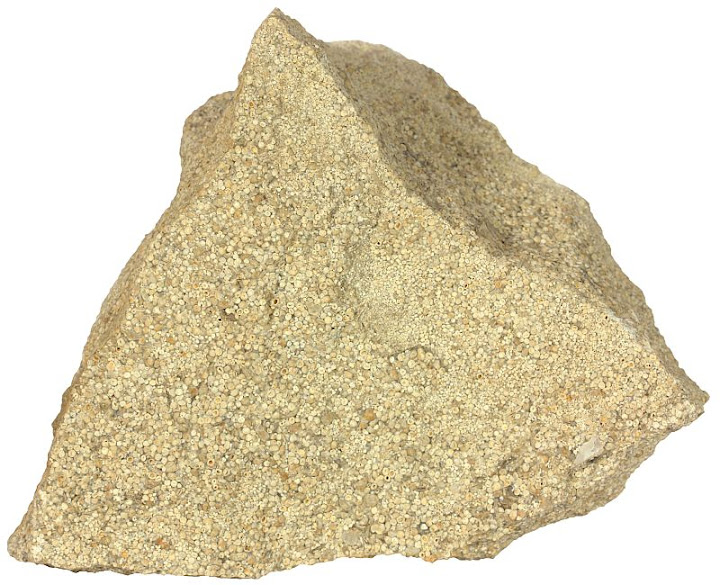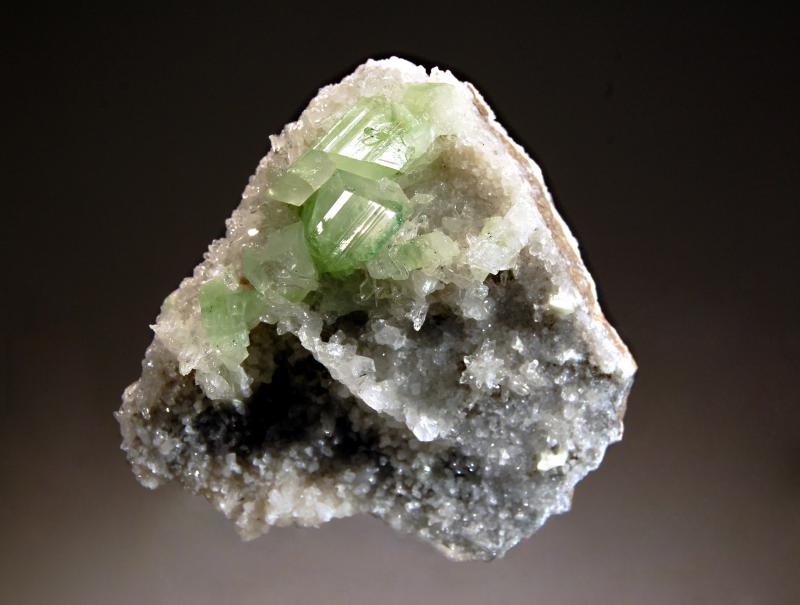

#LIMESTONE OOLITE SERIES#
In north Gloucestershire clayey Sherborne series occur with Elmton series, in a complex soil pattern. Dullingham and Didmarton series are confined to the bottoms of the very narrow dry valleys cutting the dipslope. Aberford soils are generally less stony than those of Elmton series and occur on benches or wide valley floors around Andoversford in the north Cotswolds. Calcareous clayey soils of the Moreton, Evesham and Haselor series are also small inclusions. The soils are mainly calcareous and loamy, but there are some silty soils and deeper non-calcareous soils of Waltham, Tetbury and Shippon series. In the South West the association occurs on limestones in all the Jurassic formations except the Lower Lias. In Northamptonshire the proportion of Moreton soils is larger, and the valleys are floored with Dullingham or Millington soils. In parts of south Lincolnshire and Northamptonshire, the association occurs also on Great Oolite Limestone and Sherborne soils are common, locally occupying almost half the land. In central Lincolnshire, where there are remnants of high-level gravels, Marcham and Cranwell series are locally important and small patches of Maxted soils occur. In much of Lincolnshire, Elmton and Aberford series comprise most of the association, but in north Lincolnshire some dry valleys contain Dullingham rather than Aberford series and, near the scarp crest, Wick soils have been included on outcrops of Lower Estuarine Beds. In Eastern England the association is mainly on the wide, gently undulating dipslope of the Inferior Oolite Limestone between 30 and 90 m O.D. On the Jurassic limestone in Warwickshire and Hereford and Worcester, Elmton soils are markedly dominant, with some Aberford but few other associated soils. Argillic brown earths are uncommon but where present are Wilderhope, rather than Shippon, series. Moreton and Sherborne soils occur locally where there are thin bands of clay in the Inferior Oolite Limestone, and colluvial brown calcareous earths, Dullingham and Millington series (Clayden and Hollis 1984), occupy the floors of narrow dry valleys. In Leicestershire, rendzinas, mostly Elmton series, comprise about two-thirds of the association and Aberford series about one-fifth. The association occurs mainly in east Leicestershire but also on the Warwickshire-Oxfordshire border and on Bredon and Broadway Hills, Hereford and Worcester. There is much variation in depth to limestone in Aberford soils, the general range being 40 to 80 cm. Although there is wide variation in the component soils because of the range of parent materials, the association consists mainly of shallow brown rendzinas of the Elmton series, with small areas of deeper brown calcareous earths of the Aberford and Moreton series and argillic brown earths of the Shippon series These fine loamy or clayey, variably stony soils are permeable and rarely wet. It is usually found on gently undulating plateaux or dipslopes dissected by dry valleys containing Head or colluvial deposits. This association is extensive (1,351 km²) from Dorset to Yorkshire on Jurassic limestone beds including the Middle Lias, Lincolnshire Limestone, Great Oolite and Corallian beds. Shallow lime-rich soils over chalk or limestone

Some similar deeper soils and some non-calcareous and calcareous clayey soils.Ĭereals, sugar beet and potatoes winter cereals and dairying in the South West. As the only certified mine for oolite building stone in Florida, we stand ready to work with you in order to utilize this unique building stone.Shallow well drained brashy calcareous fine loamy soils over limestone. For specific installation instructions and pricing, please contact one of our knowledgeable team members. This will not prevent mold growth in South Florida, but it will slow it down. Oolite stone is used to clad walls, retain soil, and as paving stone in landscapes. Both stones are generally off white in appearance, but we have found the deposit to contain orange and golden colors as well.

Beyond these depths we find a compact limestone called Hemingway stone. This means it is found close to the surface of the ground, and can run as deep as 30 feet. Oolite stone is generally a “cap rock” material.

It can contain coral fossils or shells, which makes it similar to coral stone or Florida Keystone. Florida Oolite stone is a natural quarried stone from South Florida.


 0 kommentar(er)
0 kommentar(er)
